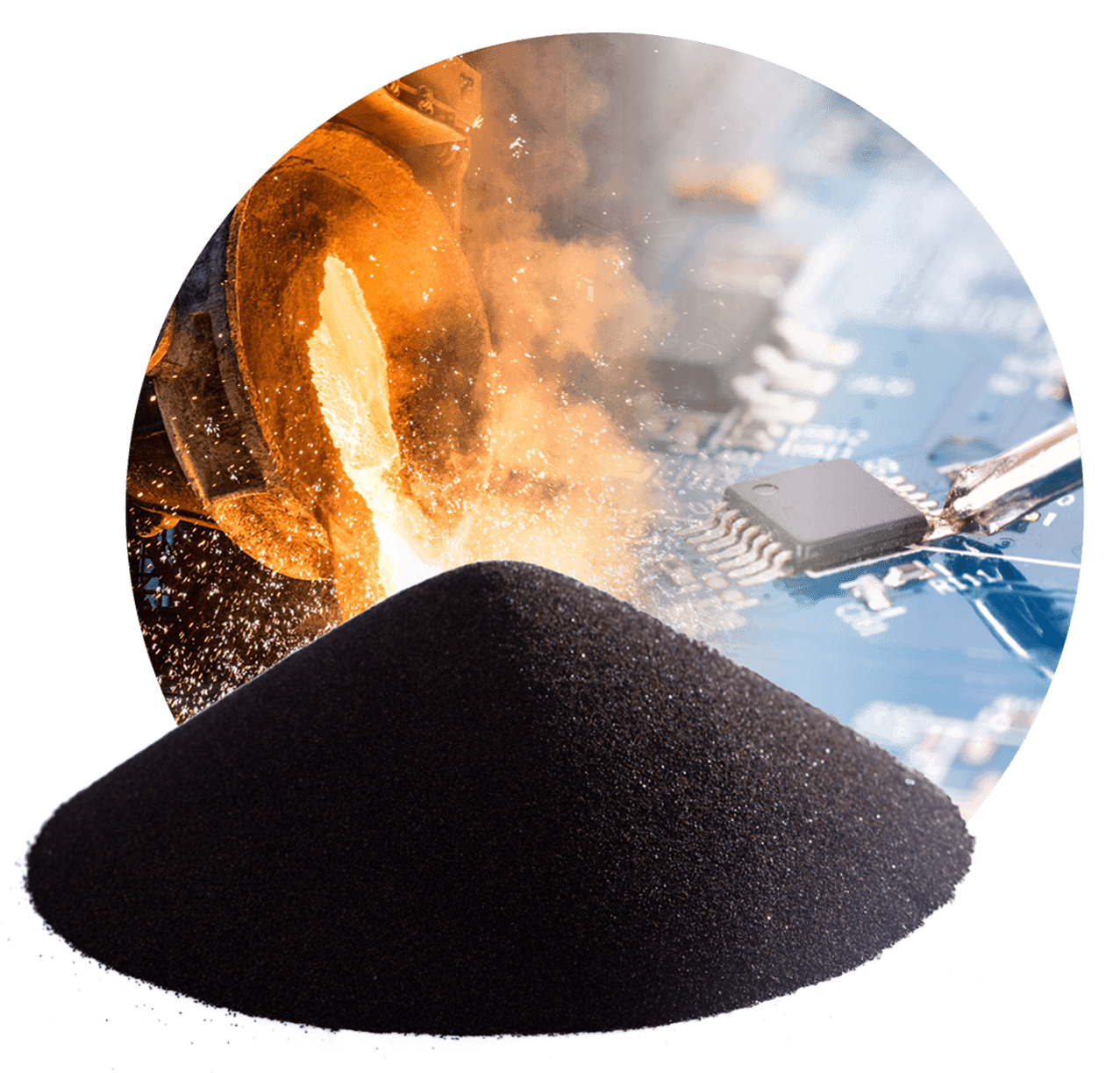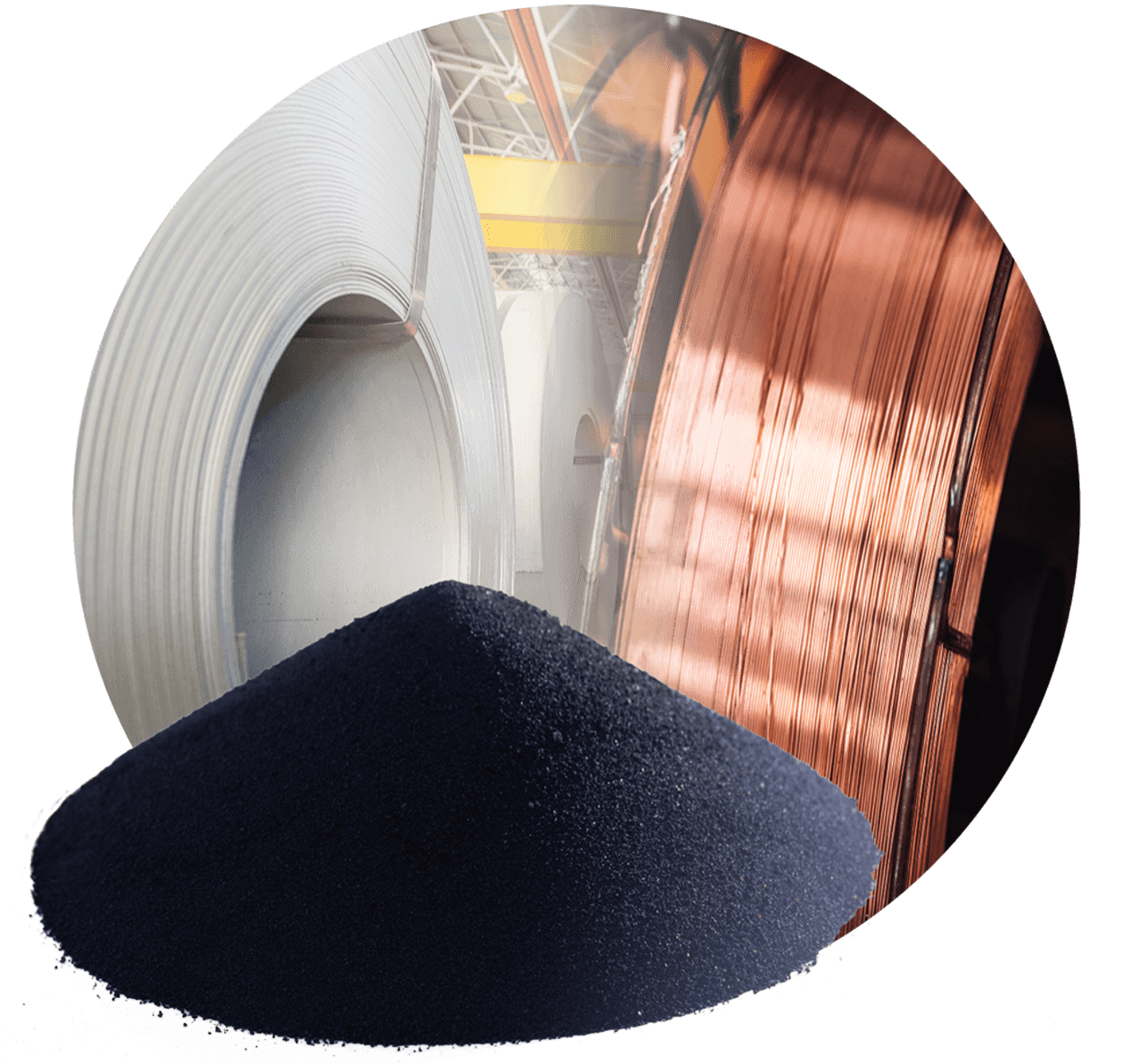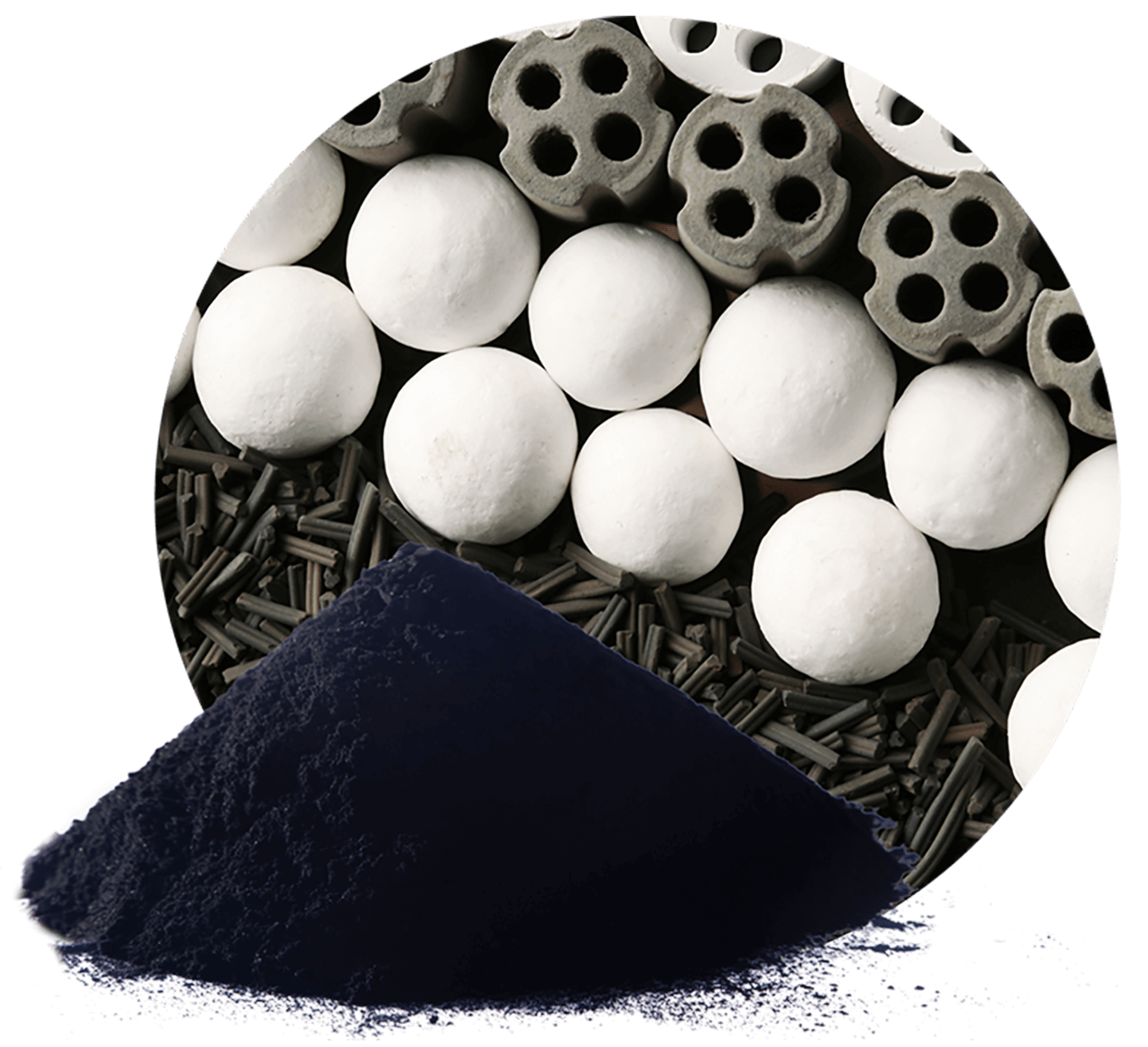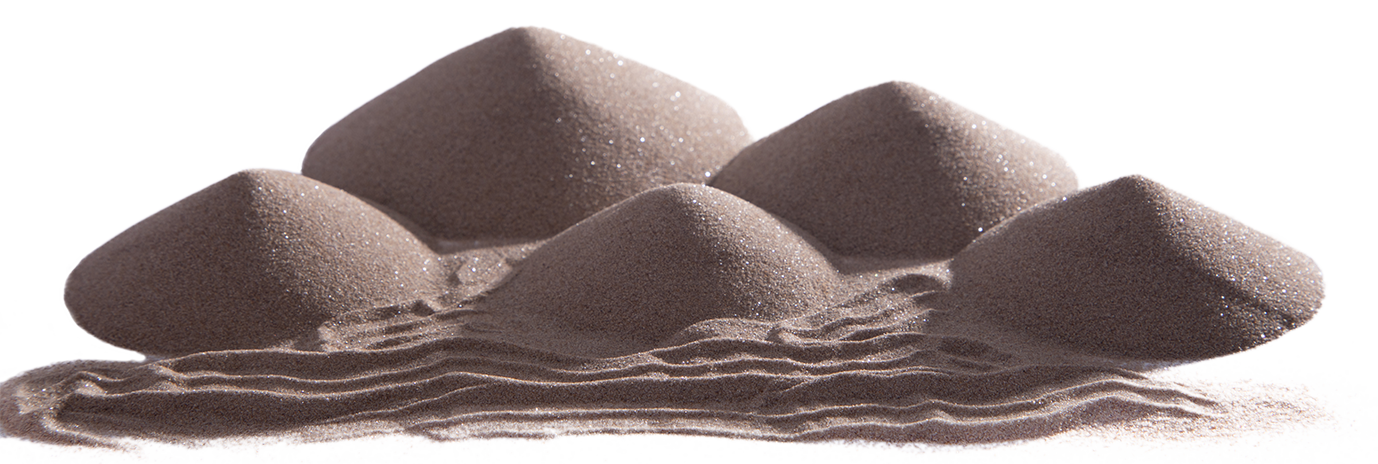Zircon sand
Zircon sand is a mineral mainly composed of zirconium, silicon, and oxygen crystallized from magma during the formation of igneous rocks. It can also be found in veins and metamorphic rocks, often coexisting with ilmenite, rutile, monazite, xenotime, and other minerals in coastal sands, and can be obtained through mineral selection processes such as water selection, electric selection, and magnetic separation. Its theoretical composition is 67.1% of ZrO2: and 32.9% of SiO2. The most industrially valuable zircon deposits are placer deposits, with 98% of zircon being a byproduct of titanium placers. Pure zircon sand is colorless and transparent crystals, and due to impurities, may exhibit purple-red, yellow-brown, light yellow, light red, green, gray, and colorless adamantine luster. It has a Morse hardness of 7.5 to 8 and a specific gravity of 4.4 to 4.8, a brittle solid with shell-like fracture. Zircon sand has a refractive index of 1.93-2.01 and a melting point of 2340-2550℃. It is heat-resistant and vibration-resistant, with good stability and strong corrosion resistance to slag.
Details


















